Disruptive technology catalyst for the next big thing in platform economy
Trends in the marketplace and platform economy 2022
2021 was supposed to be the year when we would get rid of corona and could fully return to our offline lives. Unfortunately, we were only able to do the latter for a short while. Partly because of this, digitization remains a priority and we see interesting innovations emerging in the world of platforms and marketplaces. What trends will we see in 2022?
Traditional revenue model C2C platforms about to change
Since the inception of the first marketplace, the revenue model has largely been based on making sellers pay when placing an ad. Reversing this model and instead making the buyer pay is an important catalyst for the growth of C2C platforms in the coming years. Vinted and the Spanish Wallapop, for example, are already doing this successfully.
The idea behind this is that if the supply on a platform is sufficiently large and diverse, buyers will naturally come to it. The threshold for sellers to offer their goods must therefore be as low as possible. The income for the platform comes from the commission or from offering additional services. This can include buyer guarantees, certificates of authenticity for goods or integrated shipping and payment options such as those offered by Marktplaats.
A buyer-based revenue model has not only led to more users on platforms such as Vinted and eBay Kleinanzeigen investor appreciation for such "buyers fee" based platforms is also increasing.
NFTs provide new dynamics
Very few platforms and marketplaces yet facilitate payments with crypto currency. However, I do see blockchain technology having a big impact on the dynamics on marketplaces and platforms in the coming years. Take NFTs (Non-Fungible Tokens). Via such a token, ownership can be linked to digital and physical items. Meanwhile, there are already separate marketplaces around NFTs such as OpenSea. But traditional auction houses are also starting to move into the world of NFTs. A good example is auction house Sotheby's that organizes an auction round for NFTs twice a year through their special platform Metaverse. This year, another well-known auction house Christie's already auctioned off the digital artwork Everydays: The First 5000 Days by artist Mike 'Beeple' Winkelmann for 69.3 million dollars (nearly 60 million euros). Take a quick look at Mike's reaction at the time of the auction here.
NFTs are creating a new dynamic in ecommerce and are driving the emergence of new platforms and applications. I expect that traditional marketplaces will also start using NFTs to ensure authenticity of goods, for example. With the acquisition of Rtfkt, NIKE is already capitalizing on this trend.
Reinforced consumer behavior from online to offline and vice versa
Whereas last year I expected and hoped that the widespread availability of a vaccine would lead us out of the pandemic in 2021, we can conclude that unfortunately this is not yet the case. The predicted shift from more online to more offline was admittedly evident during the summer when there were considerably less restrictive measures. With this, travel and entertainment platforms received a strong boost.
Now that new measures have been introduced, however, you see stagnation here and consumers are again focusing more on the online world and online encounters. This will continue over the coming year, although I do expect that this behavior will be reinforced each time, especially when the measures are released. Compare it to a ball that you push under water, the harder and deeper you push the higher the ball will jump up when you let go. The same will happen with consumer behavior and the success of platforms that facilitate live encounters and travel.
Rapid growth of C2C platforms
Due to the cleanup frenzy during lockdowns, online commerce between consumers on marketplaces and platforms increased dramatically. According to McKinsey, this growth is permanent and trade through C2C platforms will increase by 35 percent annually over the next four years. This is also due to the fact that consumers are more likely to choose secondhand for financial and sustainability reasons. C2C platforms are expected to receive a strong boost from Generation Z (15-24 years) who already account for 43 percent of total trade volume.
Increase in aggregators due to Open Banking and PSD2
As a result of PSD2 and Open Banking, the number of service providers in the payment world is rapidly increasing. In particular, parties that focus exclusively on 'account information' and 'payment initiation', the so-called aggregators, are mushrooming. These service providers, such as SaltEdge and Yolt, make it easier for platforms to identify users and offer cheaper, faster and local payment options.
For example, Gumtree, the UK's largest marketplace, is using Open Banking to facilitate C2C payments when buying and selling cars. This allows it to handle these guaranteed payments for a relatively low fee.
Large payment service providers are also starting to see the added value of Open Banking as evidenced by Visa's acquisition of Tink. More service providers will join in 2022 and there is a good chance that smaller players will be acquired in this field.
New, refreshing niches
As a platform exists for a longer period of time and becomes larger, room is created for subdomains. This development will continue in the coming year, where we will see refreshing platforms in niches you wouldn't have thought of yourself. Take Seev, for example, a platform that helps young people to cope better with their debts. This initiative cannot immediately be placed in a particular category, but it is of great social value.
Another inspiring example is the Belgian Pakske where expectant parents can not only make a maternity list, but also ask for a contribution for a gift they want to buy themselves. People pay a self-determined amount to the (future) parents via the platform. In this way Pakske facilitates crowdfunding for maternity gifts, as it were.
European requirements for crowdfunding platforms
And speaking of crowdfunding: a new European Regulation imposes several new requirements on crowdfunding platforms. For example, there are requirements for a complaints procedure, a business continuity plan, financial management and the provision of payment services. Existing crowdfunding platforms that focus on the corporate market have until May 10, 2022 to apply for a new license (in the Netherlands) in order to meet the requirements. Before then, they will have to make important choices.
Platform innovation in traditional industries thanks to digitization
The pandemic has caused companies to digitize at an accelerated pace. Especially in industries that were not at the forefront in this area, this is creating interesting new initiatives and services. For example, one of the largest auctions in the Netherlands is able to develop new services and a wider reach thanks to the transition to an online auction platform.
Furthermore, the Dutch startup Pharmaoffer is operating in a very interesting niche. They are revolutionizing the market for pharmaceutical raw materials by offering medicine makers worldwide easy access to qualified raw material suppliers with fair prices. By linking these parties directly, Pharmaoffer makes the middlemen unnecessary.
The pandemic was a turning point in the pharmaceutical world as well. Parties who were usually focused on trading through personal contacts at trade fairs, among others, were forced to do business digitally. The Pharmaoffer initiative fits in perfectly with this and makes a concrete contribution to solving drug shortages and the problem of expensive drugs. I expect to see more similar initiatives in the coming year.
It is clear that there are an awful lot of interesting developments in the world of platforms and marketplaces and it is becoming increasingly easy to join with a new idea. For example, cloud hosting brings accessibility and endless scalability, standardization and open source ensure good availability of tools, knowledge (Codecademy) and ready-made building blocks for software (GitHub). Furthermore, PSD2 / Open Banking has been proven to offer great opportunities for start-ups introducing applications no one had ever thought of. European companies can thus gain a stronger position worldwide which is positive in both economic and social terms.
The next big thing
Because developments are happening at lightning speed, it's hard to predict what "the next big thing" is going to be. A year ago hardly anyone was talking about NFTs and now it is a new market with huge potential. Look, for example, at Softbank's $150 million investment in the metaverse Zepeto. In this way, every new innovation opens up space for new, ambitious entrepreneurs to create the next big thing themselves. Change and innovation are the only constant factors in this market. In other words, never a dull moment in the world of platforms!

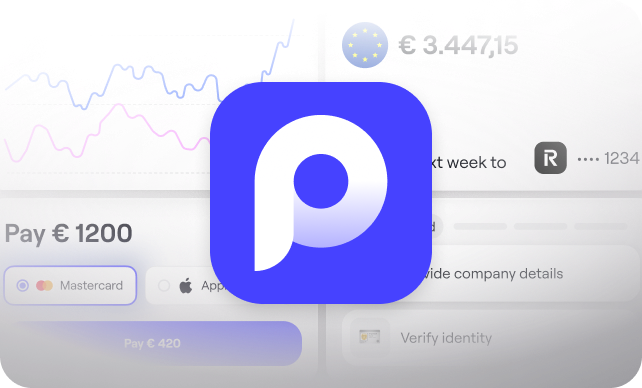
.svg)
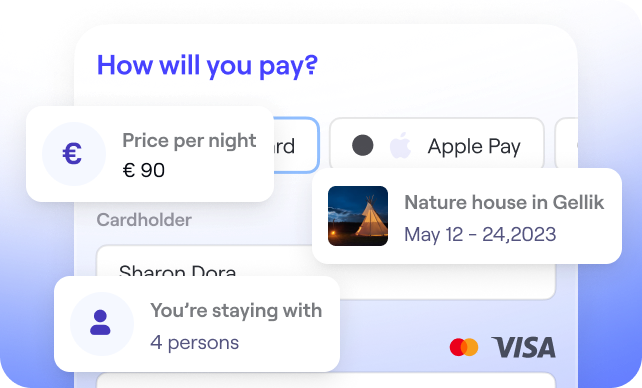


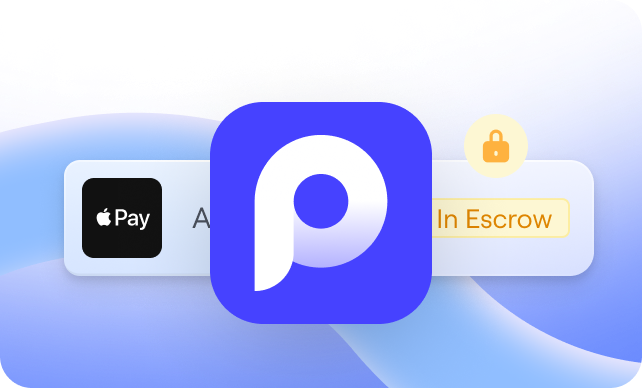

.svg)
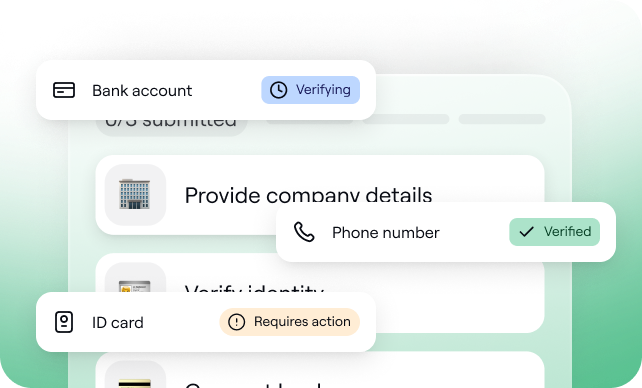
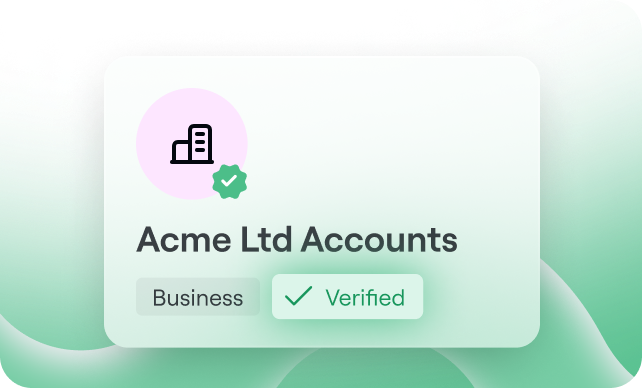
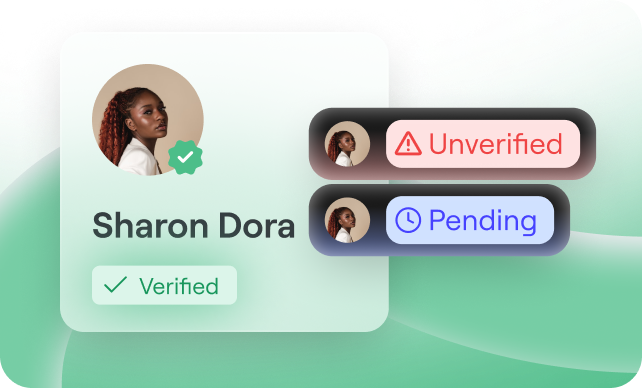

.svg)
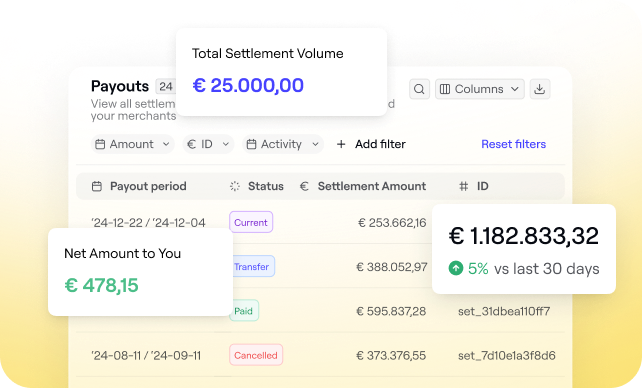
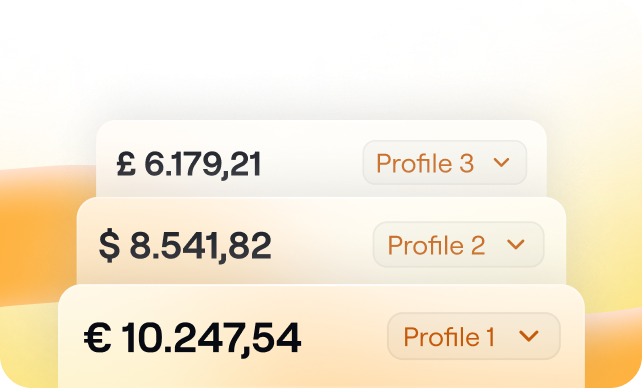
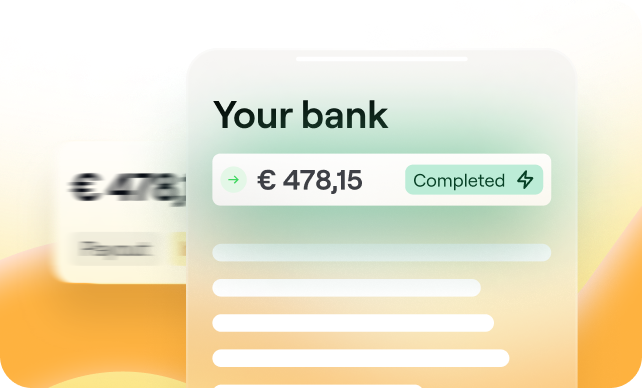
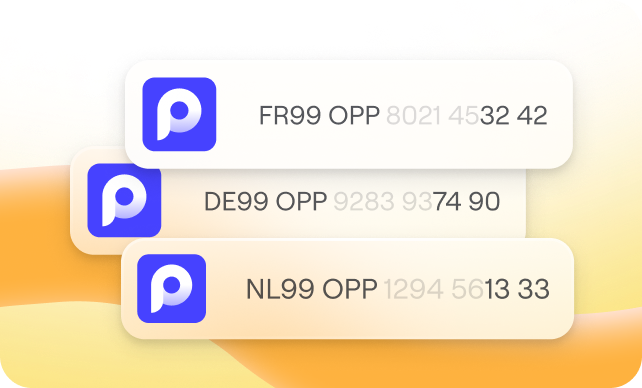
.svg)
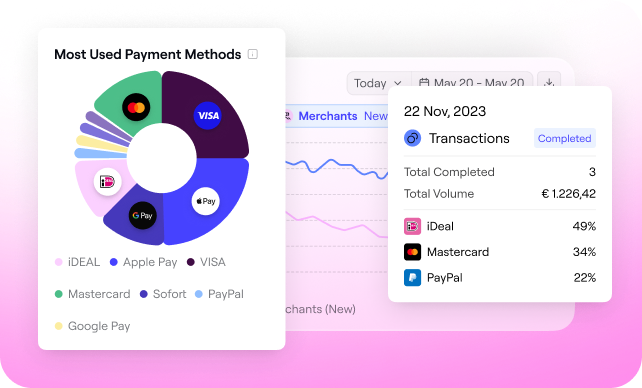
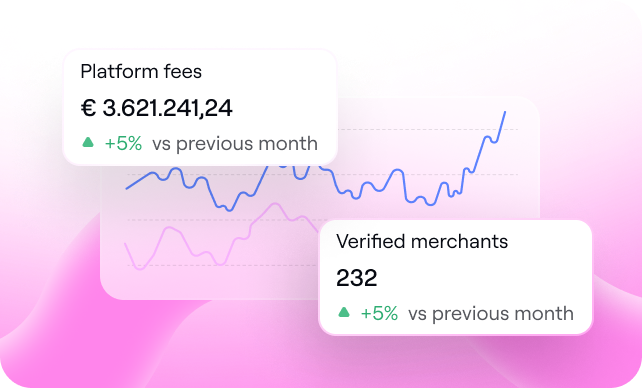
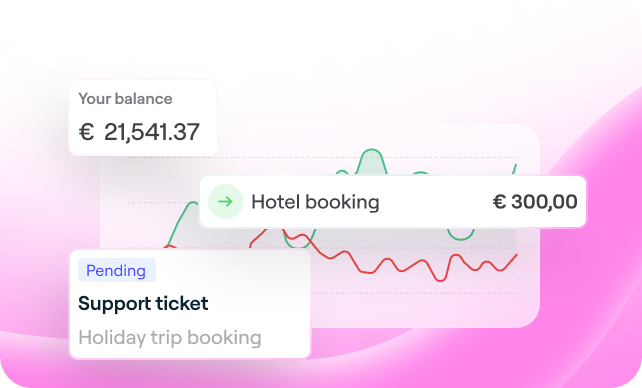
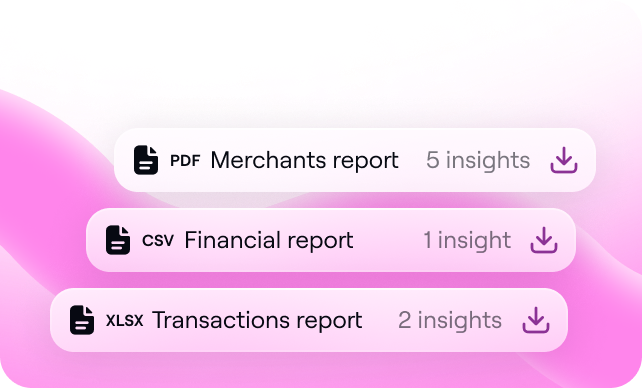
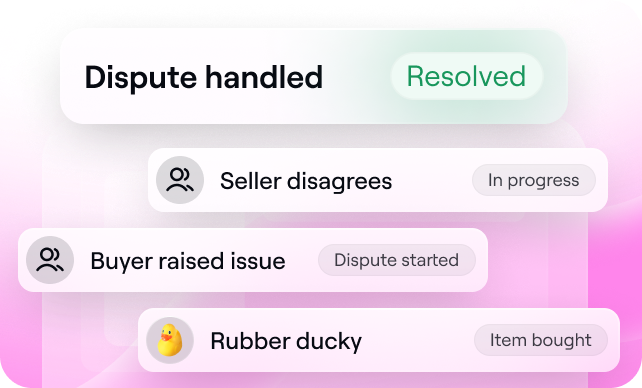



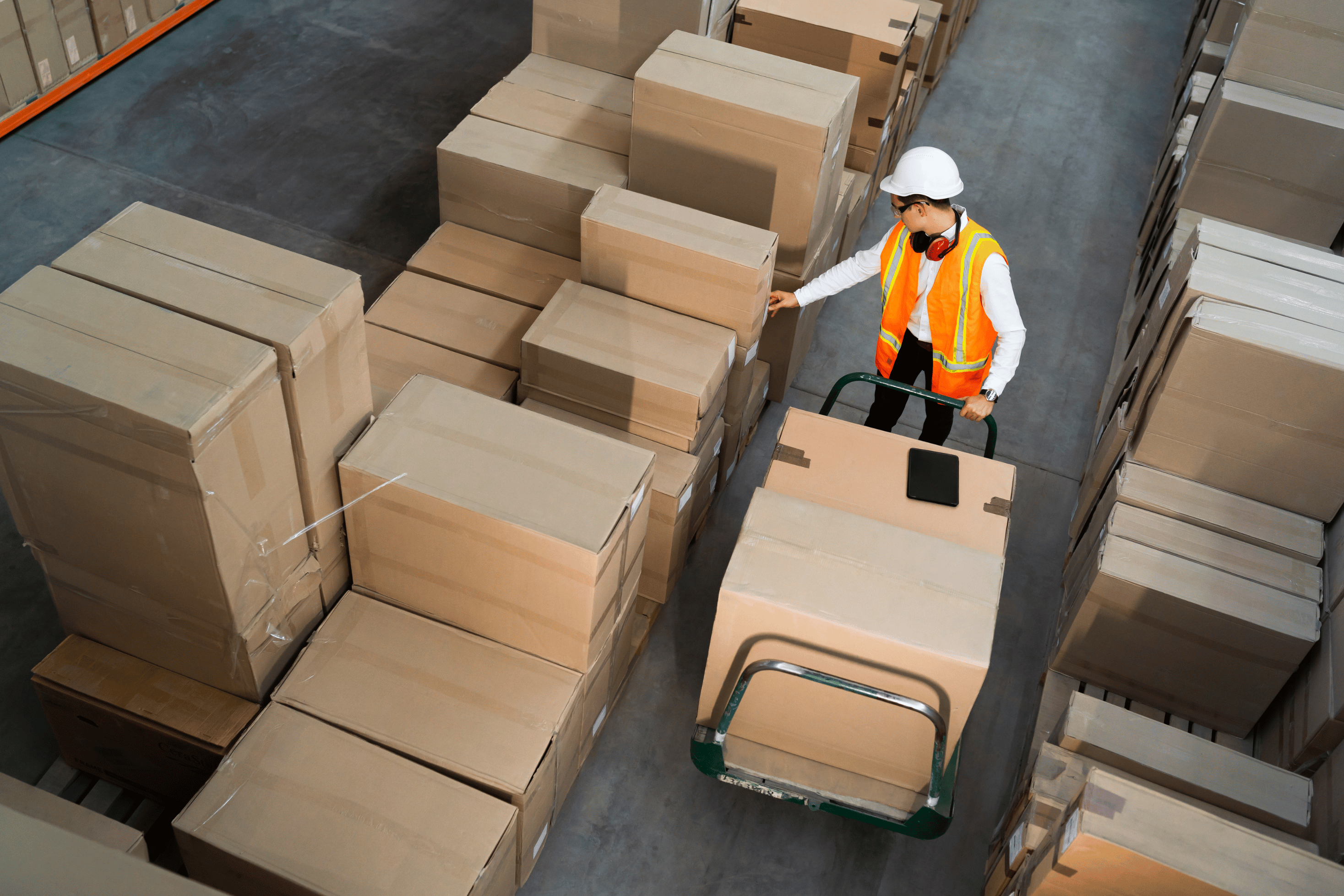



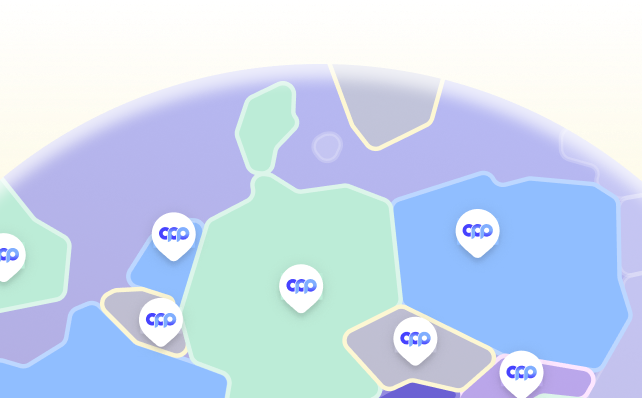


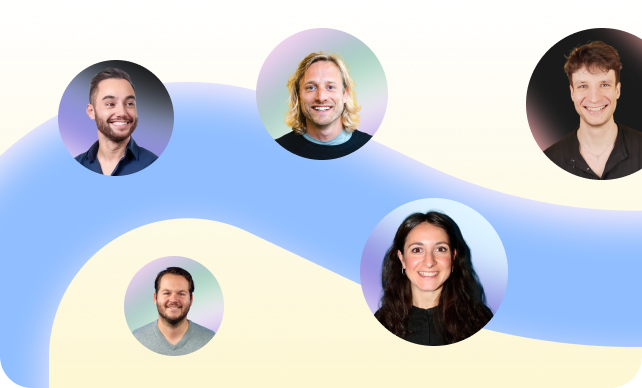


%20(1).png?width=1300&name=Copy%20of%20Copy%20of%20Blog%20post%20(1620%20x%201080%20px)%20(1).png)



.png)
.png?width=75&height=51&name=Worldline%20(2).png)